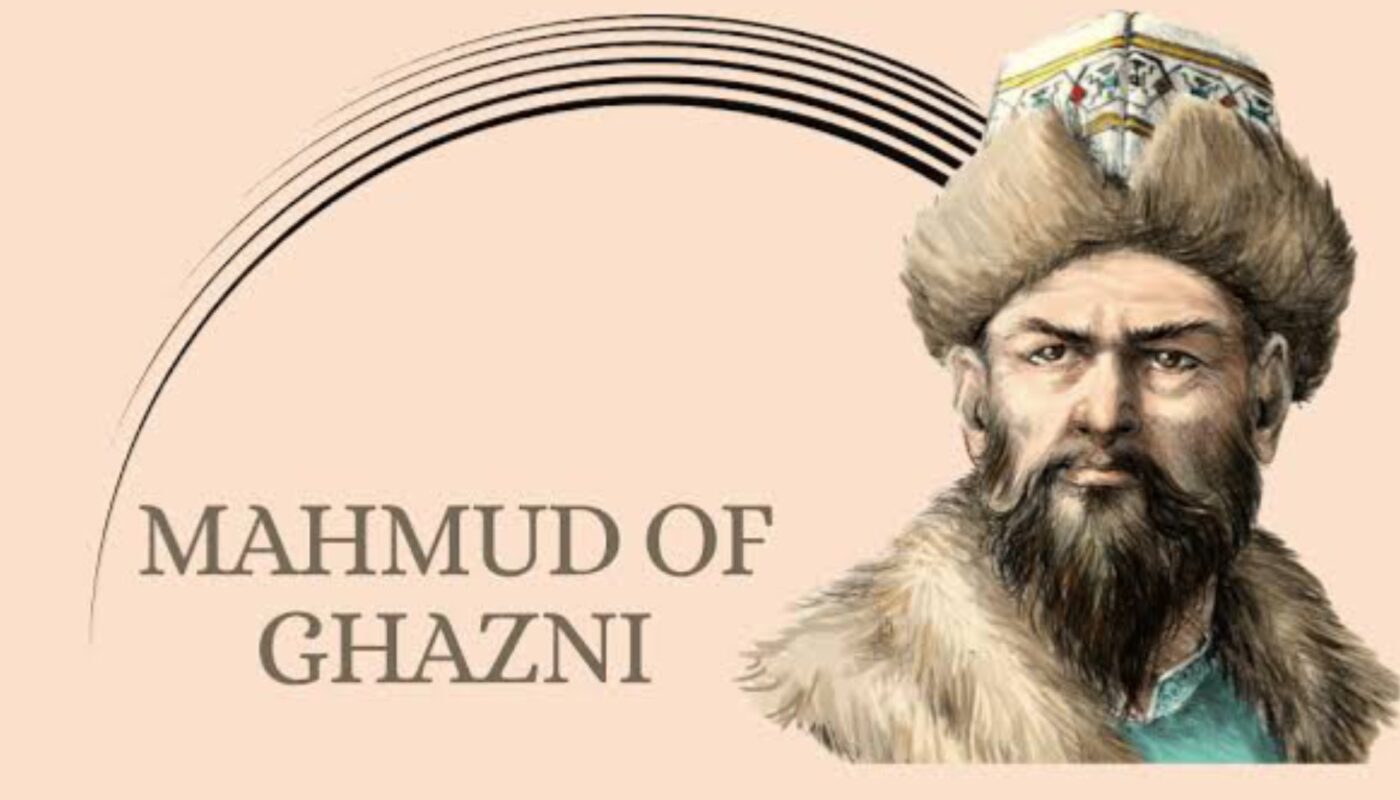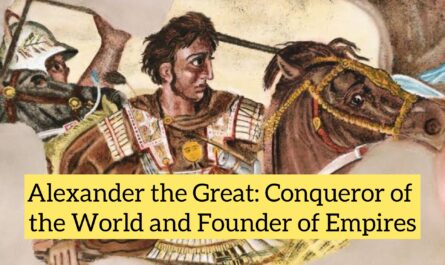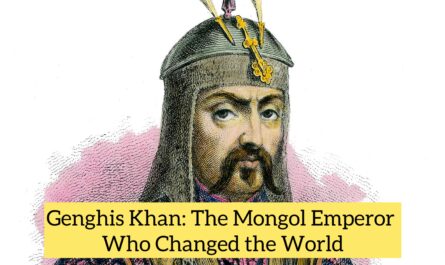Introduction
Mahmud of Ghazni (971–1030 CE), also known as Yamin ad-Dawla Mahmud, was the first ruler to carry the title of Sultan, and is widely recognized for establishing the powerful Ghaznavid Empire. Based in what is today Afghanistan, he is best known for his 17 expeditions into the Indian subcontinent, which reshaped the political, cultural, and religious landscape of the region. A controversial figure, he is revered by some as a champion of Islam and remembered by others for the destruction caused during his invasions.
Early Life and Rise to Power
Mahmud was born in 971 CE in Ghazni, a small town in eastern Afghanistan, to Subuktigin, a former Turkic slave who had risen to become the ruler of Ghazni. Educated in both Islamic scholarship and military strategy, Mahmud inherited the throne from his father in 997 CE, following a brief power struggle with his brother Ismail.
From the start of his reign, Mahmud focused on expanding his empire, both eastward into the Indian subcontinent and westward into Iran and Central Asia. He ruled until his death in 1030 CE, transforming Ghazni into one of the wealthiest and most culturally vibrant cities of its time.
Military Campaigns and Conquests
Invasions of India
Between 1000 and 1027 CE, Mahmud launched 17 military expeditions into northern India. His objectives were twofold: to expand Islamic influence and to plunder the wealth of India’s famed temples and cities. His campaigns included notable battles and raids:
-
Battle of Peshawar (1001): Defeated Jayapala of the Hindu Shahi dynasty.
-
Sacking of Mathura and Kannauj: These holy Hindu cities were looted and their temples destroyed or plundered.
-
Destruction of Somnath Temple (1025 CE): Perhaps the most famous and controversial raid, in which Mahmud demolished the revered temple of Somnath in Gujarat and carried its treasures back to Ghazni.
Despite the frequency of these campaigns, Mahmud did not establish permanent rule over most of India. His focus was on raids and wealth extraction rather than full territorial integration.
Expansion Beyond India
Mahmud also conquered large parts of:
-
Khurasan
-
Rayy and Isfahan in Iran
-
Transoxiana (modern-day Uzbekistan)
He fought successfully against other regional powers such as the Buyids and Qarakhanids, making the Ghaznavid Empire one of the largest Islamic empires of its time.
Administration and Governance
Mahmud was not just a warrior; he was also a shrewd administrator. Some of his key contributions include:
-
Centralized bureaucracy: Modeled after the Abbasid Caliphate, with Persian as the administrative language.
-
Efficient taxation system: Particularly in conquered territories.
-
Promotion of Sunni Islam: Mahmud aligned closely with the Abbasid Caliphate in Baghdad and declared himself “Protector of the Faith.”
Despite his campaigns against Hindu temples, Mahmud also patronized scholars of multiple traditions and allowed some degree of religious plurality within his empire.
Cultural and Intellectual Patronage
Under Mahmud, Ghazni flourished as a center of Islamic culture and learning. His court attracted numerous scholars, poets, and scientists, including:
-
Al-Biruni: The renowned Persian polymath, who accompanied Mahmud on his Indian expeditions and wrote extensively about Indian society, science, and religion.
-
Ferdowsi: The famous Persian poet who completed the Shahnameh (Book of Kings) during Mahmud’s reign, though their relationship ended bitterly due to disputes over patronage.
Mahmud’s reign marked the Persianization of Islamic culture in the eastern Islamic world, and Ghazni became a cultural bridge between the Arab, Persian, Turkic, and Indian worlds.
Death and Succession
Mahmud died in 1030 CE, likely from illness. He was buried in Ghazni, and his tomb still stands today as a historical monument. He was succeeded by his son Mas’ud I, under whose rule the Ghaznavid Empire began to decline, eventually losing significant territory to the Seljuks and Ghurids.
Legacy
Positive Views
-
Pioneer of Islamic Expansion into India: Mahmud’s campaigns opened the door for later Muslim dynasties like the Delhi Sultanate and the Mughal Empire.
-
Cultural Builder: He transformed Ghazni into a center of Islamic art, architecture, and scholarship.
-
Strong Administrator: His model of governance was influential in later Islamic and Turkic empires.
Controversies and Criticism
-
Destruction of Temples: Mahmud’s raids on Indian temples, especially the Somnath Temple, have been cited as acts of religious intolerance.
-
Plunder and Violence: His invasions caused significant destruction, leading to long-standing historical grievances in parts of India.
His legacy is thus dual in nature—praised in many Islamic sources as a ghazi (religious warrior), but remembered in Indian historical memory as a conqueror and destroyer.
Conclusion
Mahmud of Ghazni was a complex and ambitious ruler who combined military brilliance with a vision for cultural and religious leadership. His campaigns changed the course of South Asian history, setting the stage for future Islamic rule in the region. At the same time, his legacy remains debated, viewed through different lenses of cultural pride, religious fervor, and historical trauma. Nevertheless, Mahmud’s impact on the medieval Islamic and Indian worlds is undeniable, earning him a lasting, if controversial, place in world history.



